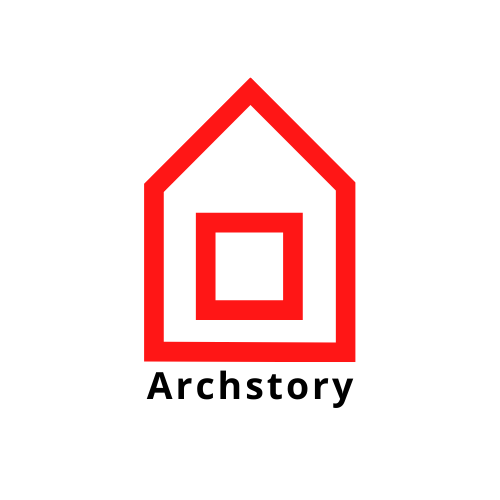
Herzog & de Meuron-ST International HQ and SONGEUN Art Space
헤르조그엔드뫼롱-송은아트스페이스
사이트는 국제 플래그십 스토어, 레스토랑 및 바가 있는 서울 남부 청담동에 위치한 도산대로의 가장 높은 지점에 위치하고 있다. 날카로운 삼각형 볼륨이 송은아트스페이스 빌딩을 구별한다. 부지에 할당된 바닥 면적을 최대화하는 동시에 구역 지정법의 조각적 잠재력을 탐구한다. 높은 전면 파사드는 메인 스트리트를 향하고 건물의 핵심을 수용하고, 낮은 후면 파사드는 주변 건물과 조화를 이루고 있다. 지상 11층, 지하 5층 규모이다.
콘크리트 덩어리는 전체 구조를 지탱할 뿐만 아니라 모든 공간과 장식 표면을 정의한다. 낙엽송 합판을 1m x 1m 격자로 회전시켜 콘크리트 입면에 나뭇결 무늬를 각인시켜 송은이라는 이름의 '숨은 소나무'라는 의미를 표현하고 있다. 이 독특한 질감은 건물의 다양한 특성을 탐색하도록 눈과 손을 초대하여 건물의 도시적 존재를 촉각적인 인간스케일로 끌어올리는 역할을 하고있다.
A new home for SONGEUN and the people of Seoul. The new ST SONGEUN Building houses art spaces for the SONGEUN Art and Cultural Foundation – a non-profit organization established in 1989 – together with headquarter offices for ST International. Our experience designing contemporary museums increasingly focuses on how we can bring art and people together. How can we make a space that works for the art and the artist, for the curator and the public? When Herzog & de Meuron was commissioned to design the new SONGEUN Art Space in 2016, the ambition was clear: to create a cultural anchor that invites the public and broadens the exposure of Korean artists to the international contemporary art scene. By offering non-commercial art spaces within one of the most commercial areas of Seoul, the project aims to strengthen SONGEUN's presence and significantly contribute to the city’s cultural topography and diversity.
A precise geometry in the heart of Cheongdam Dong. The site is located on the highest point of Dosan Daero, a thoroughfare located in Cheongdam Dong in southern Seoul, renowned for its international flagship stores, restaurants, and bars. While the neighborhood mainly consists of low-rise buildings, the zoning allows for higher density towards the main street. Catalyzed by the area’s rapid transformation and densification, a myriad of volumetric strategies responding to various plot regulations sit along the street front.
A sharp triangular volume distinguishes the ST SONGEUN Building. Resulting from the envelope specified for the site, the building’s unified form maximizes the allotted floor area while exploring the sculptural potential of the zoning law. A tall front facade faces the main street and hosts the building’s core, and a low back facade faces the garden where a more intimate scale defines the surrounding neighborhood. With 11 stories aboveground and 5 floors underground, the completed building comprises over 8000 square meters.
A cultural anchor open to the city. The building expresses difference and openness despite, or rather because of, its hermetic street side. A cut out of the base invites visitors from the street to the main lobby and the intimate garden, open to the public at all times. At the entrance, a column wrapped in a seamless LED screen acts as an attractive lantern announcing current shows and a further place to present artistic content.
On the west side of the building, the car ramp is treated as a sculptural volume. The curve of the descending ramp carves an opening in the ceiling of the underground exhibition space, connecting this sunken gallery to the activity, sound, and light at street-level. With its concrete walls, this cave-like space contrasts with the reflective finishes of silver leaf lining the ramp’s interior and parking space beneath. The ramp spirals around a triple-height void and defines the geometry of the grand staircase which acts as both a threshold and auditorium space for screenings and lectures, leading to the second-floor galleries. An experimental and unexpected mix of art spaces, offices, and public areas unfolds above and below ground, creating a new urban complex that invites the public to engage with contemporary art in Seoul.
“Hidden Pine Tree”: a face for SONGEUN. Enhancing the facade’s continuous surface, the building is cut by only a few defining apertures. Two tall vertical windows puncture the south facade and create framed views of the city. A triangular opening spans between levels 3 to 8 on the east, while the rear is almost completely glazed behind a layer of balconies that bring light and air into the offices.
The concrete mass not only carries the entire structure but also defines all space and ornamental surfaces. Using larch plywood boards rotated in a 1-by-1 meter grid, the concrete facade is imprinted with wood grain patterns and expresses the meaning behind the name SONGEUN: “Hidden Pine Tree”. This unique texture invites the eye and hand to explore its different qualities, bringing the building’s urban presence down to a tactile human scale.
Photography by Iwan Baan









'Culture' 카테고리의 다른 글
| -뭉크 미술관 [ Estudio Herreros ] New Munch Museum (0) | 2021.11.07 |
|---|---|
| -룩셈부르크 축구 경기장 [ gmp Architects ] Stade de Luxembourg Football and Rugby Stadium (0) | 2021.11.01 |
| -붉은벽돌산업단지 리노베이션 [ Asa Studio Albanese ] Lindower 22 Building (0) | 2021.10.14 |
| -샌프란시스코 현대미술관 증축 [ Snøhetta ] SFMOMA Expansion (0) | 2021.10.12 |
| -화이트 스포츠센터 [ wulf architekten ] Sports Center for Überlingen School Campus (0) | 2021.10.06 |
